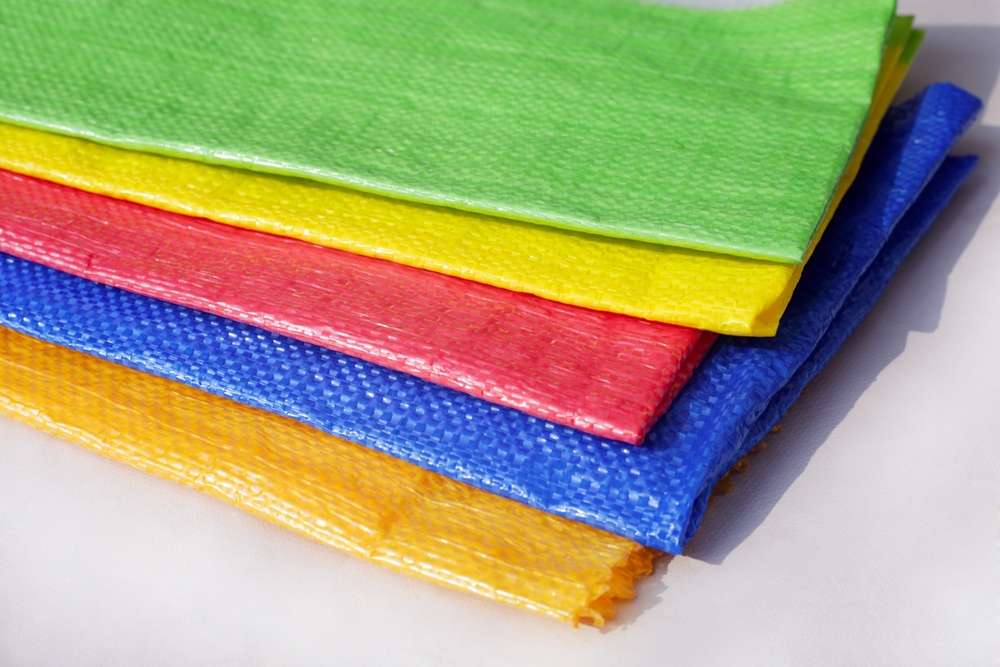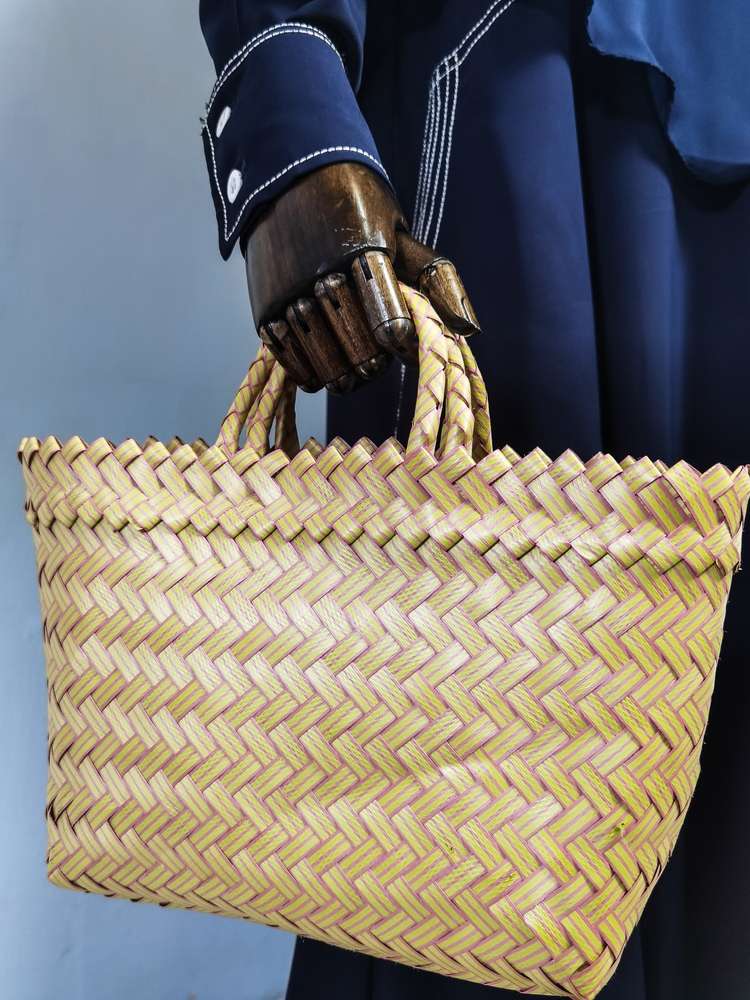
In the ever-evolving landscape of environmental consciousness, businesses are increasingly turning to sustainable practices. A prominent player in this eco-friendly movement is the reusable grocery bag—a symbol of responsible consumption and a practical alternative to single-use plastics. As we step into 2023, the pursuit of the ideal materials for these bags remains at the forefront of sustainable business practices. In this comprehensive guide, we explore five common materials used in the manufacture of reusable grocery bags, shedding light on their unique characteristics, advantages, and potential drawbacks.
1. Cotton: A Timeless Classic
Cotton, a natural fiber, is a versatile material for reusable bags. Organic cotton, grown without pesticides, recycled cotton from reclaimed scraps, and traditional chemically treated cotton offer businesses a spectrum of options. Cotton bags come in different densities, influencing their weight and cost. The soft texture, durability, and biodegradability of cotton make it a popular choice. However, these bags are susceptible to moisture damage, and the production and shipping costs are relatively high. As an interesting trend in 2023, consumers are finding creative uses for their cotton grocery bags, from makeshift plant containers to stylish picnic hampers.
2. Polypropylene: Versatility Meets Affordability
Polypropylene, a versatile resin polymer, takes the spotlight for its low production cost and relative durability. Nonwoven polypropylene, measured in grams per square meter (GSM), provides businesses with options for customization based on density. Bags with higher GSM are not only more substantial but also come with a higher price tag. Woven polypropylene bags are celebrated for their strength, chemical resistance, and vibrant color choices. However, the non-biodegradable nature, petrochemical reliance, and unsuitability for machine washing are factors to consider in this otherwise popular choice.

3. Nylon: From Silk Substitute to Reusable Bag Material
Nylon, initially developed as a silk substitute, has diversified its applications over the years. Known for its presence in track pants, tights, and swimwear, nylon has also found its way into the realm of reusable bags. Nylon bags are praised for their durability, lightweight nature, and water resistance. However, being non-biodegradable and petroleum-based, these bags can develop a crumpled appearance under heavy use.
4. Polyester: A Resurgence in Sustainability
In the ever-evolving landscape of fashion and sustainability, polyester, once relegated to the realm of cheap suits and fast fashion, has emerged from the shadows and is experiencing a remarkable resurgence in popularity. However, this time around, it’s not the polyester of old but a new avatar – reusable polyester bags, crafted from the polyethylene terephthalate (PET) polymer.
Polyester bags, born from the PET polymer, have become a popular choice for consumers seeking versatile, durable, and eco-friendly alternatives. The appeal of these bags lies in their ability to combine functionality with environmental consciousness. Reusable polyester bags are celebrated for their water resistance, providing a reliable option for carrying items in various weather conditions. Additionally, their easy foldability makes them a convenient choice for individuals on the go, allowing for compact storage when not in use.
Polyester bags, in contrast to their reputation for being associated with cheap and disposable fashion, have evolved into versatile and durable accessories. Unlike traditional fabric options, polyester bags do not crinkle easily, maintaining a neat and polished appearance even after extended use. This resilience to wear and tear adds to their appeal, making them a preferred choice for those looking for bags that withstand the test of time.
Despite the undeniable benefits of reusable polyester bags, a discerning eye is cast on their environmental impact. Polyester, being a synthetic material, is derived from petrochemicals and does not break down easily. This aspect raises concerns about the long-term ecological footprint of polyester products. The persistence of polyester in the environment, coupled with its slow decomposition process, underscores the importance of responsible disposal and recycling practices.
While reusable polyester bags offer a canvas for branding and design, they are not without challenges. With heavy use, particularly in commercial or promotional settings, the branding on polyester bags may experience wear and tear. This aspect prompts businesses and consumers alike to consider the longevity of the bag’s visual appeal, especially if it serves a promotional or marketing purpose.
In response to environmental concerns, the polyester industry is witnessing a shift towards sustainable practices. Innovations in recycling technologies and the use of recycled PET, derived from post-consumer plastic waste, are contributing to the greening of polyester. These sustainable initiatives aim to mitigate the environmental impact of polyester production and offer a more eco-friendly alternative to traditional manufacturing processes.
In conclusion, the resurgence of polyester, particularly in the form of reusable bags, signifies a nuanced shift in consumer preferences and environmental consciousness. While polyester bags offer undeniable benefits in terms of versatility, durability, and design possibilities, it is essential to navigate this resurgence with a critical awareness of the material’s environmental impact.
As consumers and businesses embrace the convenience and aesthetic appeal of reusable polyester bags, a parallel responsibility emerges – the need for mindful consumption and disposal practices. The polyester resurgence, when approached with a commitment to sustainability, recycling, and responsible manufacturing, can contribute to a more eco-conscious and fashion-forward future. The journey of polyester from cheap suits to reusable bags becomes not just a fashion evolution but a reflection of the evolving values and considerations shaping our choices in the dynamic landscape of sustainability.
5. Jute or Hemp: Nature’s Contribution to Sustainability
Jute and hemp, both plant-derived materials, present themselves as sustainable alternatives for reusable bags. Jute, though not as robust as hemp, shares similar applications in bag and clothing manufacturing. Hemp, being drought-tolerant and requiring minimal water, stands out for its strength and durability. Hemp bags, in particular, are known for their robustness, soft texture, and ability to ‘break in’ with repeated use. While these bags can be machine washed and offer an eco-friendly option, the need for importation in many Western countries contributes to higher overall costs.
The Sum of Sustainable Choices
Regardless of the material chosen, the decision to opt for reusable bags over single-use plastics or paper bags remains a commendable one. In the dynamic landscape of eco-friendly practices, reusable grocery bags have transcended their initial utilitarian image to become sophisticated and fashionable. As businesses embrace these alternatives, paying attention to the denier number—a measure of material strength—becomes crucial for informed decision-making. By incorporating these environmentally conscious choices into their packaging, businesses not only contribute to the planet’s well-being but also enhance their brand reputation in the eyes of discerning consumers. In the pursuit of sustainability, every choice matters, and the future of responsible consumption looks brighter than ever.
Related Content:
- 15 most pressing issues for conservation, including invertebrate decline and changing marine ecosystems
- Harnessing Artificial Intelligence for Environmental Conservation: A Path to Sustainable Living –
- Why Everyone Should Use Reusable Shopping Bags – Ledger
- Here’s how many times you need to reuse your reusable grocery bags | CNN
